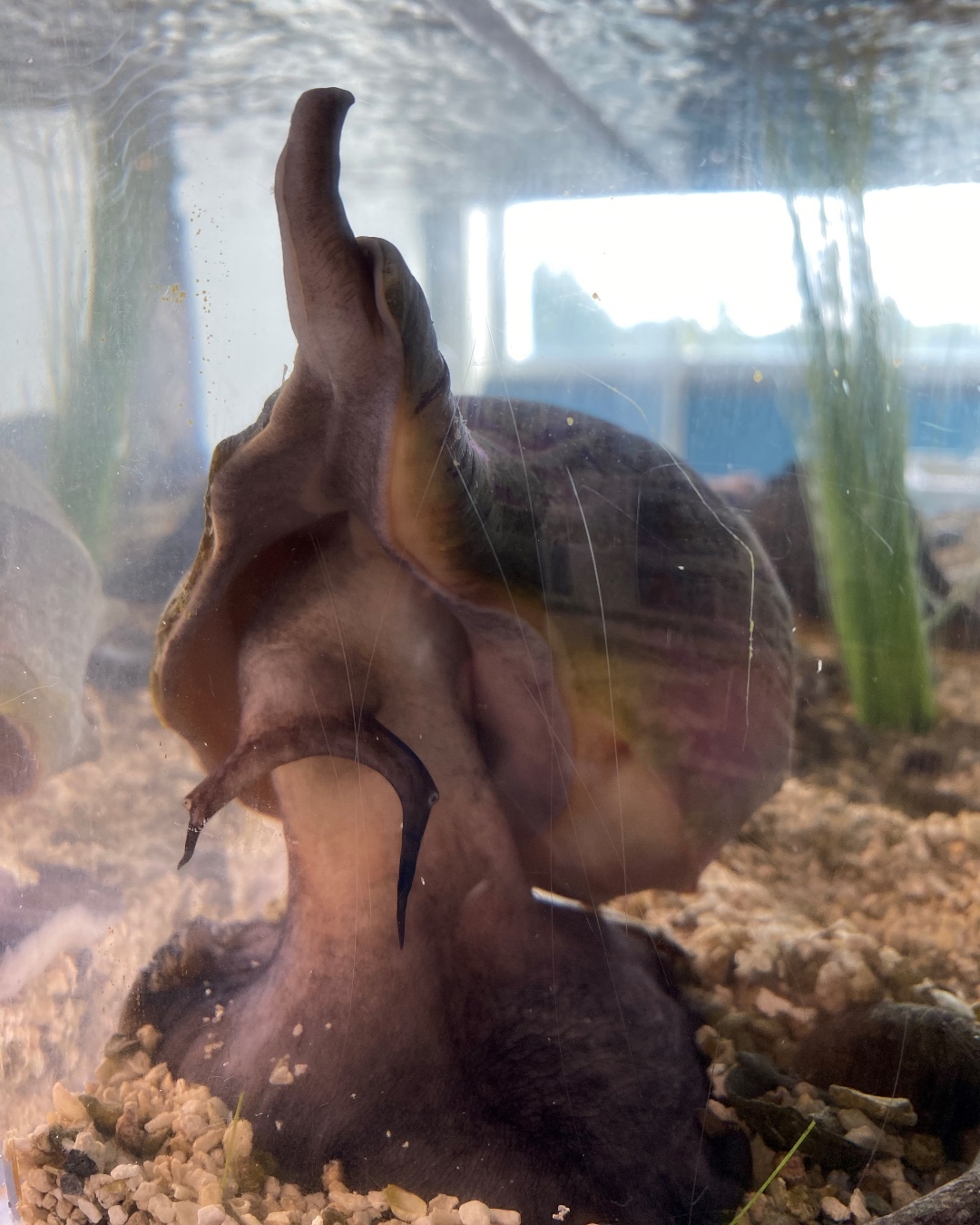Summary:
1. Whelks are fascinating marine snails known for their unique anatomy and behavior.
2. The foot of a whelk is not a leg but a muscular organ used for locomotion.
3. Whelks have primitive eye spots on stalks and a siphon that helps them breathe and feed.
4. Whelks are important members of marine ecosystems, playing a vital role in the food chain.
5. Learning more about whales can deepen our appreciation for the wonders of marine life.
Whelk, whelk, whelk…what do we have here?
Have you ever encountered a whelk and wondered what makes these marine snails so intriguing? Prepare to be amazed as we dive into the enchanting world of whelks! These extraordinary creatures have captured the fascination of many with their unique anatomy and captivating behavior. Join us on this deep-sea adventure as we uncover the secrets of the whelk, one spiral at a time.
Let’s start by exploring the foot of the whelk. Stretching like a delicate limb, the foot is not a leg but a muscular organ that allows the whelk to navigate its underwater world. Whelks glide effortlessly over the ocean floor with this incredible appendage, leaving their intricate trails behind. Witnessing these snails gracefully moving through the depths is a truly mesmerizing sight.
But that’s not all that makes whelks special. Take a closer look at their stalks, and you’ll discover something marvelous – primitive eye spots! These tiny vision organs detect changes in light and shadows, helping the whelks navigate and respond to their environment. It’s like having a built-in compass and light sensor all in one. Could you imagine having such incredible natural tools at your disposal?
Another remarkable feature of the whelk is its siphon. Extending from the top of its shell, the siphon serves multiple functions. Not only does it ensure a constant supply of oxygen for the whelk, but it also aids in feeding. Extending its siphon, the whelk can capture microscopic organisms and tasty morsels drifting through the water. It’s a delicate dance between survival and sustenance, happening beneath the surface.
Now that we’ve marveled at the wonders of the whelk’s anatomy let’s explore their ecological significance. Whelks are not simply beautiful creatures; they play a crucial role in the delicate balance of marine ecosystems. As predators, they help control populations of other organisms, ensuring a healthy diversity of marine life. They are an important link in the vast food chain, connecting various species and maintaining the ecosystem’s stability. Without these snails, the delicate underwater web of life could be thrown into disarray.
Learning about whelks can deepen our appreciation for the intricacies of nature. These small, unassuming snails hold a world of wonder and mystery within them. The more we understand the whelk’s unique adaptations and behavior, the more we can marvel at the incredible diversity of life beneath the waves. It’s a reminder of the awe-inspiring complexity and interconnectedness of the natural world.
So, next time you spot a whelk in a touch pool, take a moment to reflect on the amazing attributes of these marine snails. Observe their stretching “legs,” admire their primitive eye spots, and appreciate their vital role in underwater life’s grand tapestry. By delving into the fascinating world of whelks, we embark on a journey of discovery, awe, and reverence for the wonders of our planet’s diverse creatures.
Remember, nature has a way of surprising us at every turn, presenting us with creatures like the whelk that captivate our imagination and inspire us to protect and cherish the beauty of our oceans. So, the next time you hear someone say “whelk” three times, embark on an adventure that will leave you with a newfound appreciation for these enchanting marine snails. Dive deep, explore, and let the wonders of the whelk fill your heart with awe and admiration for the natural world surrounding us.
*****
Source Description
Whelk, whelk, whelk…what do we have here?
Check out these photos our Education team got of one of our touch pool ambassadors whelks stretching its “legs” (actually, called a foot). You can also see the primitive eye spots on the stalks and the siphon extending from the top!

